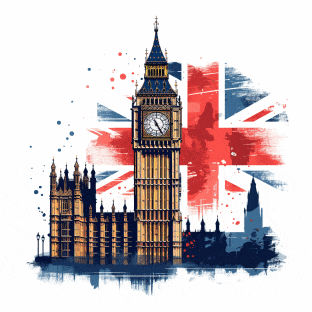Understanding reflexive pronouns such as ‘myself’ and ‘yourself’ can greatly improve your English language skills. Reflexive pronouns are used when the subject and the object of a sentence are the same. They help clarify who is performing the action and on whom the action is being performed.
What Are Reflexive Pronouns?
Reflexive pronouns include words such as myself, yourself, himself, herself, itself, ourselves, yourselves, and themselves. They are used to indicate that the person who is doing the action is also the one receiving the action. For example, in the sentence, “She cut herself,” ‘herself’ is a reflexive pronoun that indicates the action of cutting is performed by and upon the subject ‘she’.
What's your English level?
Discover your level now: A1/A2/B1/B2/C1/C2 and GET your certificate!
When to Use Reflexive Pronouns
Reflexive pronouns are typically used in the following contexts:
- Emphasizing the subject: When you want to stress that someone does something personally, you use reflexive pronouns. For instance, “I did it myself.”
- When the subject and object are the same: Such as in “She prepared herself for the speech,” where ‘she’ is both the doer and the receiver of the action.
- Following certain verbs: Reflexive pronouns follow verbs that are typically performed by and on the same subject, like “enjoy,” “prepare,” “focus,” and more.
Examples of Reflexive Pronouns in Sentences
| Subject Pronoun | Reflexive Pronoun | Example Sentence |
|---|---|---|
| I | myself | I prepared the meal myself. |
| you (singular) | yourself | You should enjoy yourself at the party. |
| he | himself | He taught himself to play the guitar. |
| she | herself | She found herself lost in the city. |
| it | itself | The cat clean itself after eating. |
| we | ourselves | We organized ourselves for the next challenge. |
| you (plural) | yourselves | You should treat yourselves occasionally. |
| they | themselves | They blamed themselves for the mistake. |
Common Mistakes to Avoid
One mistake is overusing reflexive pronouns where they are not needed, or using them in place of object pronouns. For example, saying “Between you and myself, this is a secret” is incorrect. The correct sentence would be, “Between you and me, this is a secret.” Reflexive pronouns should only be used where the subject and the object are the same.
Special Cases and Usage
You may notice that reflexive pronouns can also be used to emphasize the subject. This is known as an emphatic pronoun usage. For example, in “The president himself attended the meeting,” ‘himself’ is used to emphasize the presence of the president. It is crucial to note that this is a stylistic choice, rather than a grammatical one.
Practice and Testing
Practice makes perfect with reflexive pronouns, as using them correctly requires a good understanding of the structure of English sentences. You can check your English level using the GET Global English Test.
For further learning, consider exploring resources such as the Cambridge Dictionary for detailed definitions and usage examples of reflexive pronouns, or consult pages like the British Council which offers numerous English language learning tips.
Conclusion
Reflexive pronouns play an essential role in ensuring clarity and emphasis in English sentences. By understanding and practicing their use, English learners can enhance their writing and speaking skills, making their communication more effective and engaging. Keep practicing, and soon you’ll be using reflexive pronouns effortlessly!




